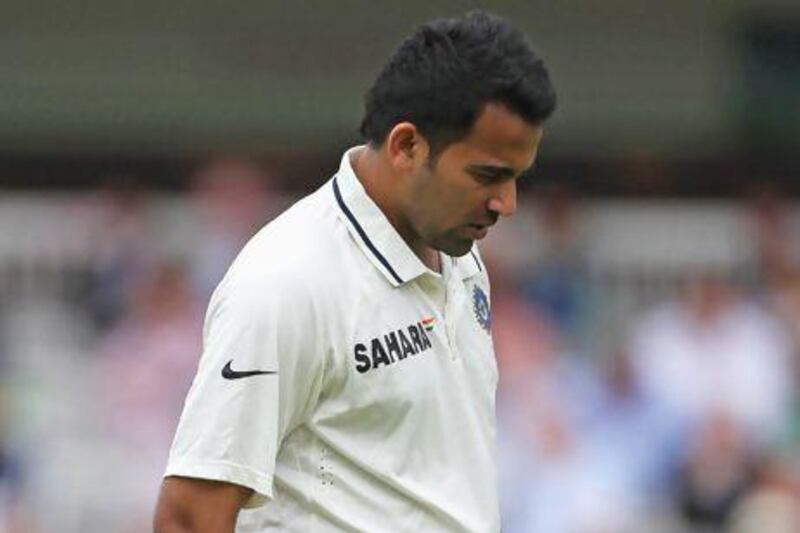Given how abject India were in Mumbai and Kolkata, the enormity of what England have achieved might be understated.
In 33 home series, discounting one-off Tests, going back a quarter century, India have tasted defeat just twice, against South Africa in 2000 and against Australia four years later. No team since Hansie Cronje's South Africans has managed consecutive wins on Indian soil.
England's achievements on this tour have raised far more eyebrows than the South African or Australian successes.
Back in 2000, Indian cricket was a mess. They had just returned from Australia, where they had been pulverised 3-0 in the Tests and won just one of eight games in the triangular one-day series involving the hosts and Pakistan.
A few weeks later, Mohammad Azharuddin, who had scored his 22nd century in the second-Test defeat against South Africa, was implicated in the match-fixing scandal that also ended Cronje's career. He would not add to his 99 caps.
Against Australia, despite off-field controversies that included Sourav Ganguly pulling out of the Nagpur Test just before the toss, the narrative was much simpler.
India won a dead rubber on an under-prepared pitch in Mumbai and were marginal favourites going into the final day in Chennai - the north-east monsoon ensured there would be no play - but were otherwise no match for an Australian side comparable to the greatest in the game's history.
Glenn McGrath and Jason Gillespie exerted a vice-like grip with new ball and old, and Shane Warne enjoyed his only good tour of India, taking 14 wickets at 30.
In both cases, Indian fans accepted that superior opposition had overwhelmed their side.
The South Africa defeat would also pave the way for a new direction, with Sourav Ganguly as captain and John Wright appointed as India's first overseas coach. This England squad cannot be compared with that Australian one, but they have had to overcome greater odds to get into a winning position.
Losing the toss and batting second is never easy on Indian pitches, but England made light of it in both Mumbai and Kolkata, with the bowlers excelling, too.
They also buried some of their turning-pitch skeletons on surfaces expected to play into Indian hands. The smirk that MS Dhoni had on the eve of Mumbai has become a wince.
The changes that India have opted for are nothing more than cosmetic and populist ones. Zaheer Khan may be a liability in the field, but it is not as though the other 10 are Colin Bland or Jonty Rhodes, either.
Ahead of a must-win Test, it is a big call to axe your most skilled and experienced bowler. Zaheer has had a poor 12 months, taking just 22 wickets at 39.5 from 12 Tests.
Despite that, his strike-rate during that period (80.6) is nearly twice as good as that of Ishant Sharma, who has six wickets at 88.16 from his past five appearances.
Ishant retains his place and is joined by Parvinder Awana, the Delhi bowler whose pace and ability to shape the ball in make him an interesting option.
But if you want a playing-to-the-gallery pick, look no further than Ravindra Jadeja. He has scored two triple-hundreds this season and taken quite a few wickets, prompting the selectors to eye him for the spot that Yuvraj Singh occupied at No 6.
The obsession with all-round options has once again prevented the selectors from thinking clearly. Jadeja is not among the five best batsmen in domestic cricket, nor is he one of the best five wicket-taking options.
Picking him, instead of seasoned campaigners such as S Badrinath or Manoj Tewary, is yet another example of hit-and-hope. That strategy has got India nowhere in this series.





